More and more young people are leaving digital photography to the side and focusing on film photography. Why is that? In typical Gen-Z fashion, I asked my Instagram followers. Some said a family member introduced them to film, and others said they simply liked how it looked. Whatever their reason may be, film photography is officially back.
There are way more steps involved in taking a film photograph than with a digital camera. First, you need to choose your film stock. There are the popular color ones like Portra 400 or Cinestill 800T, or you can also choose to shoot black and white with a roll of Ilford HP5 or Kodak TMax 400. After choosing the perfect roll, you now need to see which camera you’ll shoot with. Do you need an SLR for more control, or will you select a point-and-shoot camera and make your life easier? Next thing you know, you’ve shot your entire roll, and it’s time to develop. Will you scan your pictures, or will you also print them? The possibilities are endless with film. Even when your film has already been processed, you can pull out the negatives and rescan or print as many times as you want.
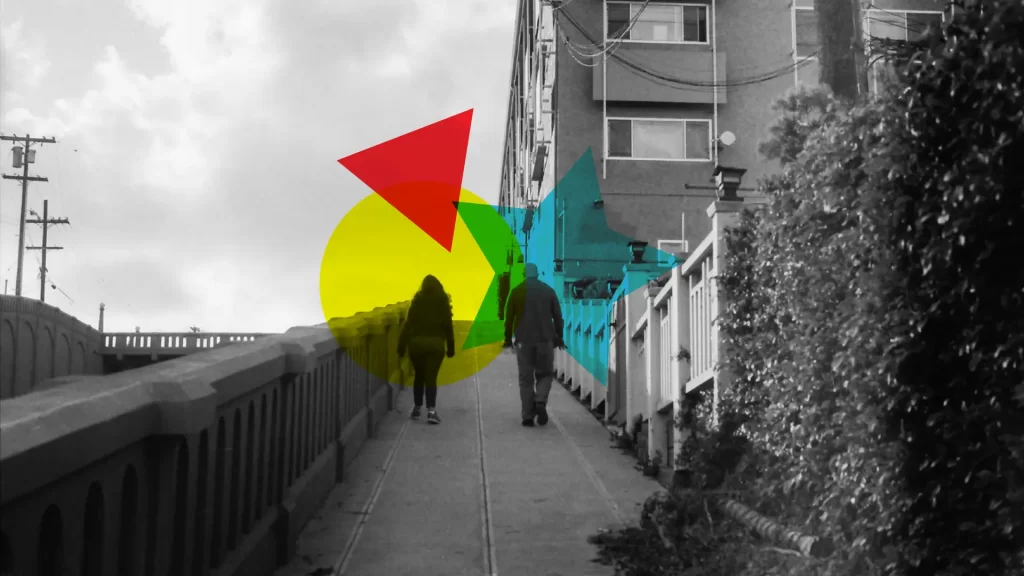
One of the things I love the most about film photography is the anticipation. Not knowing exactly how your pictures will turn out until the minute they’re developed and scanned (or printed) makes me feel like a kid on Christmas Eve.
The limited quantity of pictures also makes one think twice about what to photograph. With the rise in film prices, this has become more notable among those who enjoy this hobby. There’s something about only having 24 or 36 chances of a perfect photo that makes every single frame more special. On average, one roll will last me at least a month on any of my cameras, and the same goes for my followers who answeredmyquestions.
Be surprised with film, try something new. If you’re already a photographer, try film photography, there’s a lot to learn from it that translates into digital photography.
And as many of us film photographers say, film is not dead.



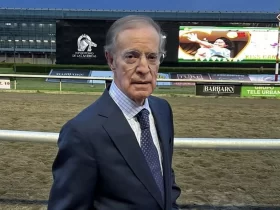














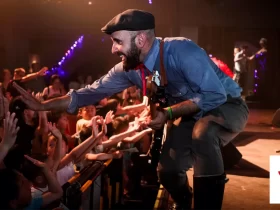
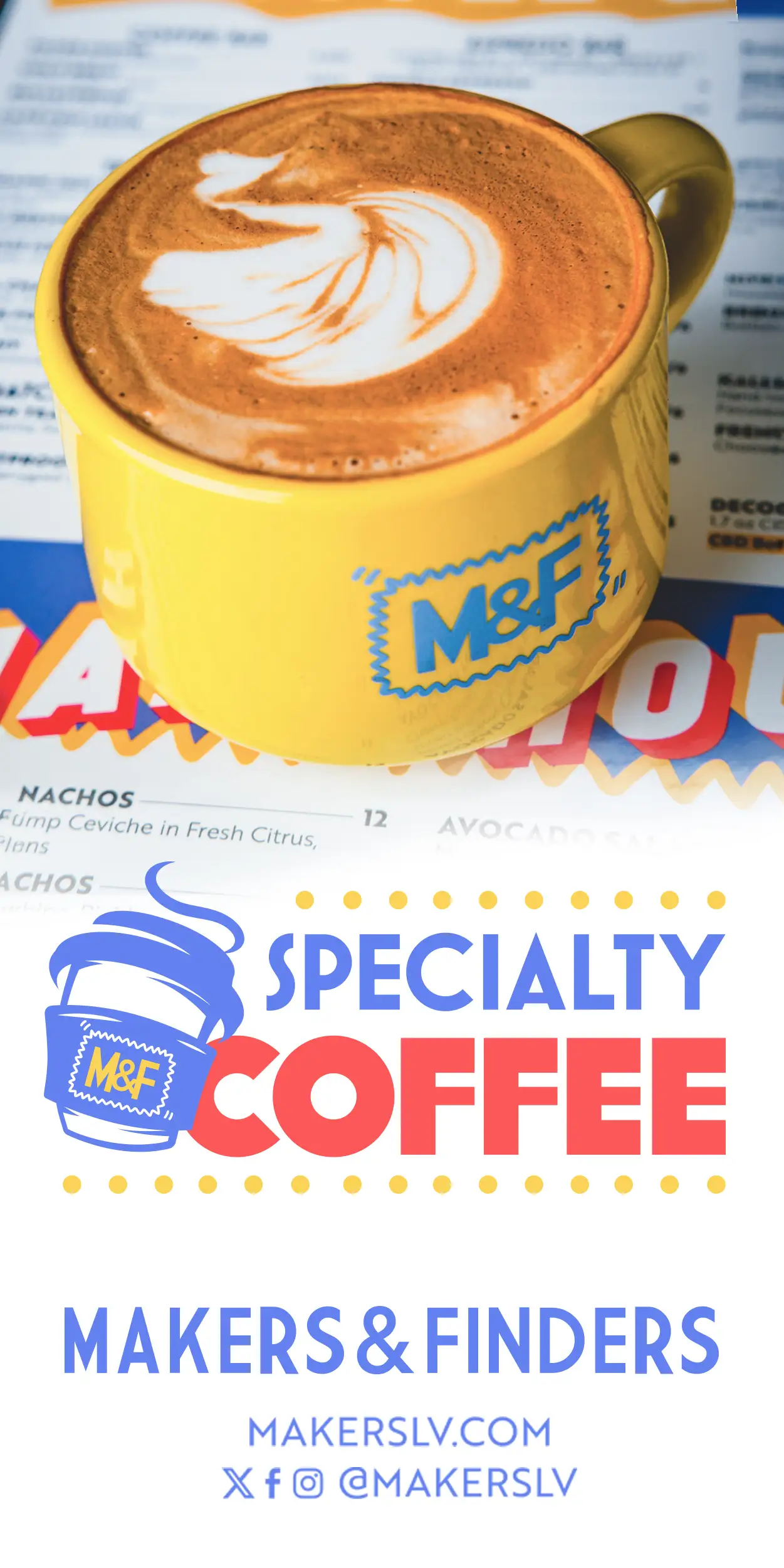
















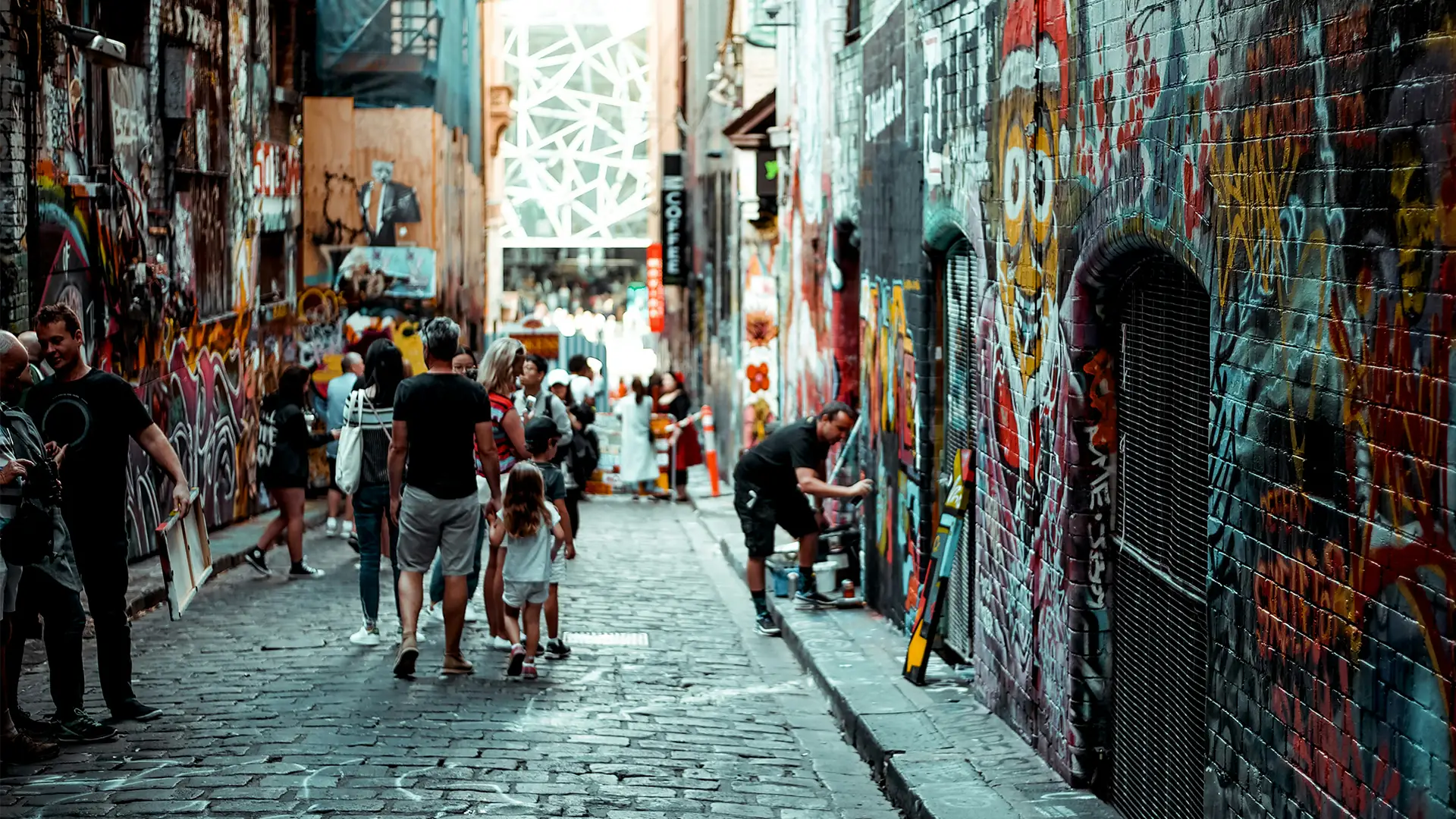
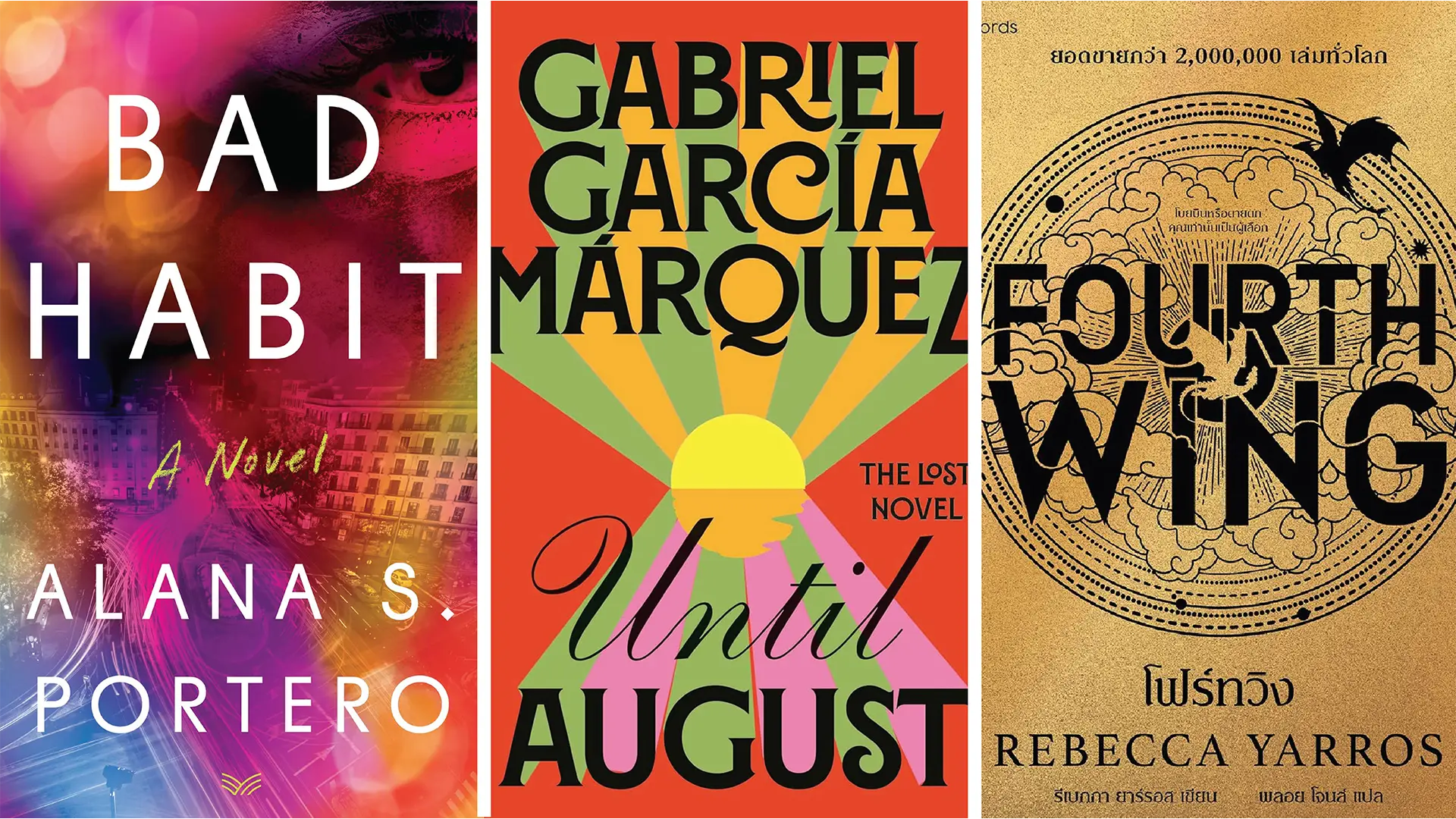
Leave a Reply